In 11357, Micheal Padilla and Isabell Williamson Learned About Grass Mulch Fertilizer
With compost, you are producing rich humus for your lawn and garden. This includes nutrients to your plants and assists retain soil moisture. They do not call it “black gold” for absolutely nothing. Garden compost is the single most crucial supplement you can offer your garden. Composting can divert as much as 30% of household waste away from the trash bin.
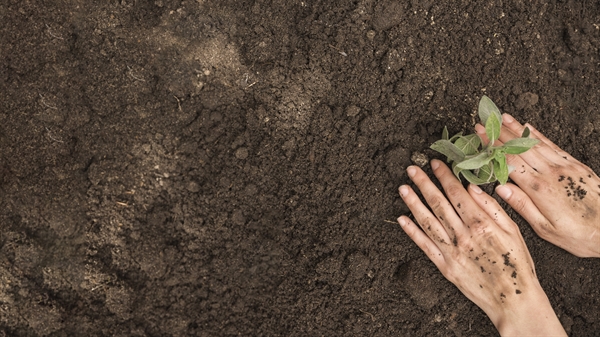
Rather, it produces hazardous methane gas as it breaks down, increasing the rate of international warming and environment modification. Tiny organisms in compost aid aerate the soil, break down natural materials for plant usage, and ward off plant illness. Composting offers a natural option to chemical fertilizers when used to yards and garden beds.
One-third of land fill waste is comprised of compostable products. Diverting this waste from the garbage dump indicates that our garbage dumps will last longer (and so will our wild spaces). Related: Finest Garden Compost Bins and Tumblers Examined What you can take into your compost will depend rather on what sort of composter you have, however some general rules do apply.
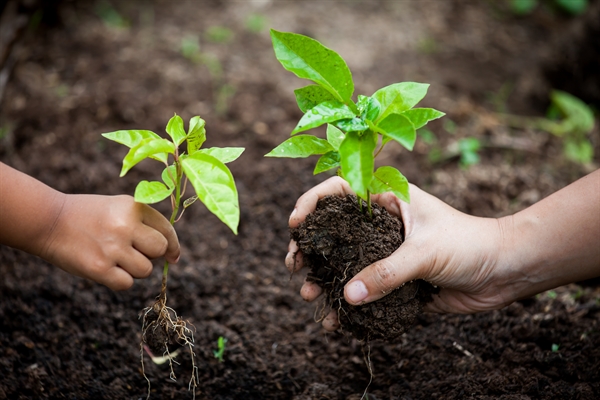
The trick to a healthy compost stack is to maintain a working balance in between these two elements. Carbon Carbon-rich matter (like branches, stems, dried leaves, peels, little bits of wood, bark dust or sawdust pellets, shredded brown paper bags, corn stalks, coffee filters, coffee premises, conifer needles, egg shells, straw, peat moss, wood ash) gives compost its light, fluffy body.
Nitrogen Nitrogen or protein-rich matter (manures, food scraps, green yard clippings, kitchen waste, and green leaves) offers basic materials for making enzymes. A healthy garden compost stack must have a lot more carbon than nitrogen. A basic general rule is to utilize one-third green and two-thirds brown materials. The bulkiness of the brown materials allows oxygen to permeate and nourish the organisms that live there.
Great composting health implies covering fresh nitrogen-rich product, which can launch odors if exposed to outdoors, with carbon-rich material, which often radiates a fresh, fantastic odor. If in doubt, include more carbon! Product Carbon/Nitrogen Information Wood chips/ pellets Carbon High carbon levels; usage moderately Wood ash Carbon Only use ash from tidy products; sprinkle lightly Tea leaves Nitrogen Loose or in bags Table Scraps Nitrogen Include with dry carbon products Straw or hay Carbon Straw is best; hay (with seeds) is less perfect Shrub prunings Carbon Woody prunings are sluggish to break down Shredded paper Carbon Avoid using shiny paper and colored inks Seaweed and kelp Nitrogen Apply in thin layers; excellent source for trace minerals Sawdust pellets Carbon High carbon levels; include layers to avoid clumping Pine needles Carbon Acidic; use in moderate quantities Paper Carbon Avoid using shiny paper and colored inks Leaves Carbon Leaves break down much faster when shredded Lawn & garden weeds Nitrogen Only utilize weeds which have not gone to seed Green comfrey leaves Nitrogen Outstanding compost ‘activator’ Yard clippings Nitrogen Add in thin layers so they do not mat into clumps Garden plants– Usage disease-free plants just Fruit and veggie scraps Nitrogen Add with dry carbon products Flowers, cuttings Nitrogen Slice up any long woody stems Eggshells Neutral Best when crushed Clothes dryer lint Carbon Best if from natural fibers Corn cobs, stalks Carbon Slow to decompose; finest if chopped up Coffee premises Nitrogen Filters may likewise be consisted of Chicken manure Nitrogen Exceptional compost ‘activator’ Cardboard Carbon Shred product to prevent matting To store cooking area waste up until you’re prepared to transfer it to your composter, keep a container with a cover and a handle under the sink.
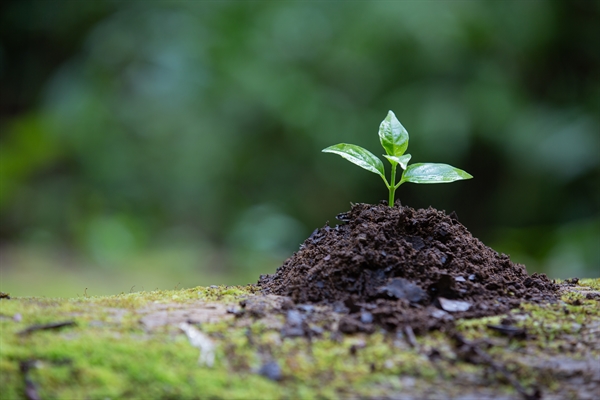
If you do not mind periodic smells, use an old ice-cream pail. Slice up any big pieces before you toss them in. With lawn and garden wastes, different composting materials will break down at various rates, but they will all break down eventually If you want to speed up the composting process, chop the larger material into smaller sized pieces.
Prevent putting them on in thick layers– they will mat together and decrease aeration, which slows the composting procedure. Adding garden soil to your garden compost will assist to mask any smells, and microorganisms in the soil will accelerate the composting procedure. If you have a lot of leaves to integrate into the garden compost bin, you can just compost the stack of leaves by itself.
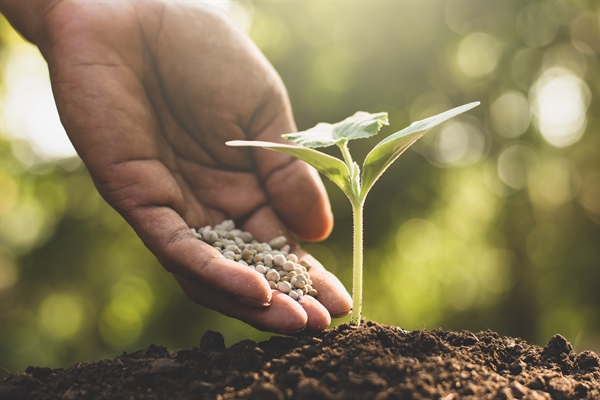
The leaf stack need to be at least 4 ′ in size and 3 ′ in height. Consist of a layer of dirt between each foot of leaves. The stack should perspire enough that when a sample drawn from the interior is squeezed by hand, a couple of drops of moisture will appear. The pile must not be loaded too securely.
In Olive Branch, MS, Ryann Hayes and Nicholas Walters Learned About Grass Clipping Mulch
Leaf garden compost is best used as an organic soil modification and conditioner; it is not normally utilized as a fertilizer due to the fact that it is low in nutrients. For more details, read Usage Fall Delegates Keep Your Compost Working Through the Winter season Usage delegates make a healthy “tea” for your plants.
Leave for 3 days, then get rid of the “tea bag” and dispose contents into the garden compost. Scoop out the enriched water with a smaller sized bucket and utilize to water your plants and shrubs. Related: 10 Pro Composting Tips From Professional Gardeners Start your compost stack on bare earth. This permits worms and other advantageous organisms to aerate the compost and be transferred to your garden beds.
This aids drainage and helps aerate the pile. Add garden compost products in layers, rotating damp and dry. Damp ingredients are food scraps, tea bags, seaweed, etc. Dry materials are straw, leaves, sawdust pellets and wood ashes. If you have wood ashes, spray in thin layers, or they will clump together and be slow to break down.
This triggers the compost heap and speeds the process along. Keep compost wet. Water occasionally, or let rain do the task. Cover with anything you have– wood, plastic sheeting, carpet scraps. Covering assists retain wetness and heat, two fundamentals for compost. Covering likewise avoids the garden compost from being over-watered by rain.
Turn. Every couple of weeks offer the stack a quick turn with a pitchfork or shovel. This aerates the stack. Oxygen is required for the procedure to work, and turning “includes” oxygen. You can avoid this step if you have a ready supply of coarse product like straw. Once you’ve established your compost heap, include brand-new products by blending them in, rather than by including them in layers.
If you wish to buy a composter, instead of build your own compost heap, you may think about a buying a turning garden compost tumbler which makes it simple to blend the compost routinely. Related: How to Use Finished Compost Choosing what kind of composter will work best for you includes thinking about three primary elements: Where you live What you’ll be composting Whether you want to turn your garden compost manually or not Where do you live?What will you be composting the most? Composting primarily kitchen scraps Composting kitchen area scraps plus some lawn waste Composting lots of backyard waste Urban (no outside space)Worm bin(vermicomposting) Urban (some outdoor area, outdoor patio, or veranda)Worm bin or Compost tumbler Compost tumbler Suburban (with lawn)Confined bin or garden compost tumbler Enclosed bin or compost tumbler Confined or DIY bin Rural (with yard/acreage)Confined bin, or garden compost tumbler Open garden compost pile, enclosed bin, or tumbler Open compost heap or several enclosed bins If you’re prepared to turn your compost every 1-2 weeks and you live in an area with access to outside area and carbon abundant materials, enclosed bins or open compost heap could work for you.
Continue reading for more information about each of these compost systems and other composting suggestions. Related: Worm Composting Fundamentals for Beginners The greatest chore with composting is turning the stack from time to time. Nevertheless, with ‘no-turn composting’, your garden compost can be aerated without turning. The trick is to thoroughly mix in adequate coarse product, like straw, when constructing the stack.
With ‘no-turn’ composting, add new products to the top of the pile, and harvest fresh garden compost from the bottom of the bin. This can be quickly done in an Aerobin Composter, or a Eco King compost bin. Which brings us to … For small-scale outdoor composting, enclosed bins are the most practical.
Merely drill 1.5-cm aeration holes in rows at roughly 15-cm periods around the can. Fill the can with a mix of high-carbon and high-nitrogen materials (see our table above). Stir the contents periodically to prevent anaerobic pockets and to speed up the composting procedure. If the lid is safe and secure, the bin can be laid on its side and rolled; a length of 2 ″ cedar (use a 2 × 2 or a 2 × 4) can be bolted to the inside, running top to bottom, to help turn the material.


In 33702, Elijah Velazquez and Kassidy Noble Learned About Trimmed Grass
Another choice is a garden compost bin, sometimes called a ‘compost digester’. Compost bins are enclosed on the sides and leading, and open on the bottom so they sit directly on the ground. These are common composting units for houses in suburbs where bins tend to be smaller sized, yet confined enough to dissuade bugs.
These bins are thin-walled plastic, and might chip along the edges, specifically during a freeze. These countertop ‘composters’ grind and dehydrate food waste rather than disintegrating it. The process takes as low as 3 hours, leaving you with an odor-free product suitable for garden fertilizer. When finished, bury the resulting material beneath the soil surface, where the decomposition process begins– to the benefit of your plants.
It’s possible to keep reasonably high temperature levels in drum/tumbler systems, both due to the fact that the container serves as insulation and because the turning keeps the microorganisms aerated and active. Some styles provide an interior “paddle” or “aeration spikes” which help bring air into the garden compost and prevent clumping of the composting materials.
This considerably accelerate the composting procedure. A confined ‘tumbler’ system offer the following advantages: Accelerate the composting procedure Composts year-round due to greater internal temperature level Can’t be accessed by rodents, raccoons, pets, or other critters Keeps compost neatly confined and odor-free; well-suited for suburbs and large apartment or condo terraces or outdoor patios To get more information, see Compost Tumblers: Comparing various compost tumbler models See our buy more info or to buy a garden compost tumbler.
To fix this issue, you’ll need to restore your compost to a healthy nitrogen-carbon balance. To discover how restore your garden compost pile, read our article How to Fix a Soggy Compost Stack. This is a typical issue with products thrown into the composter. The damp materials stick and slow the aeration procedure.
Lawn clippings and leaves should be combined with rest of the composting products for best results. If there’s a population of raccoons in your area, they will be naturally brought in to your compost heap. The best option to this issue is to disallow their entry to the compost. (Traps and toxins are more difficulty than they deserve.) A wood or metal lid can be easily hinged to the bin described above on this page, or you can buy a commercially-made garden compost bin with secure fitted lids which are pest-proof, such as the Aerobin or Jora JK 270.
You can place your bin on a plot of earth that you prepare to utilize for a future vegetable or flower bed, or fruit tree. Each year, you can move the bin to a different area; you’ll get a double benefit– the compost from the bin, and a bed of nutrient-rich soil prepared for brand-new plantings.
Companion Plants ResourceFor example, ensure to get straw, and not hay, since straw is mostly weed-free. Ask the sales personnel if there have actually been any complaints about seeds in these products. Below are a few samples. To see all the composters in our shop: Click Here.
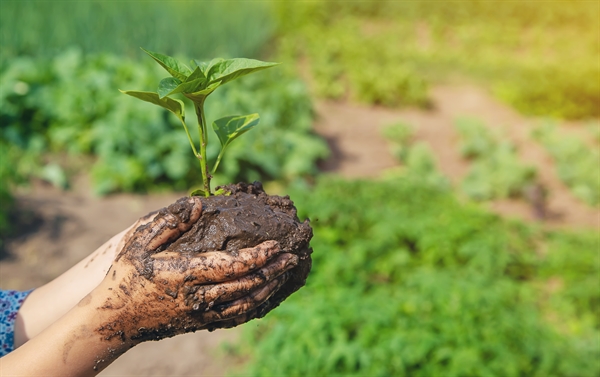
Really messing up your compost is tough to do. Throw organic matter in a stack outdoors and it will break down ultimately, even if you never ever look at it again. “There’s no right method to compost,” says Rick Carr, compost expert at the Rodale Institute’s organic farm. “I’ll never ever inform someone they’re composting incorrect, or insist that a 75-year-old requirements to head out and turn her compost heap twice a year with a pitchfork’However if you want to save yourself some trouble with bugs while making garden compost that’s richer in nutrients and much easier to preserve, Carr is your go-to guy.